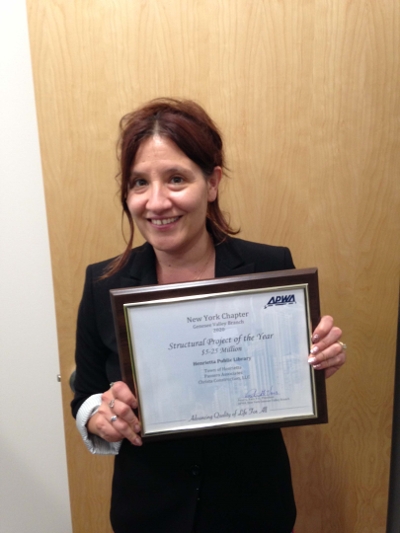How does the Real Committee approach their work?
The Caldecott Medal was never meant to identify the best picture book of the year. The aim of the folks who founded the award was to see higher quality art in picture books published in the United States. This is why when one reads the Caldecott criteria, under “Purpose,” one will find:
 |
| Art by Annisha Jeffries. |
The Medal is to be given annually to the illustrator of the most distinguished American picture book for children, in English, from among those published during the preceding year.
Pay attention to “distinguished.” This award is about striving, pushing, and improving.
The award is also only given to artists who reside in the United States for books first published in the U.S. by a U.S. publisher (i.e., no imports). As a country, we’ve been having an extended conversation about what it means to be part of the United States, but the Caldecott Manual has made decisions about this and devotes a lot of words to clarifying what this means for Caldecott purposes.
The manual also gives guidance on what we can consider a picture book. The year I was on the committee, one of our (many, most-ever) honor books was a graphic novel, This One Summer by Mariko Tamaki, illustrated by Jillian Tamaki. Every once in a while, I still run into someone who wants to debate whether or not this is a picture book, and I point those folks to this definition of picture book from the Caldecott Manual:
A “picture book for children” as distinguished from other books with illustrations, is one that essentially provides the child with a visual experience. A picture book has a collective unity of story-line, theme, or concept, developed through the series of pictures of which the book is comprised.
After the real Caldecott Committee has figured out if a book is eligible and if it’s a picture book at all, then they will consider things like age level (“up to and including 14”), what “eminence” and “excellence” means, and whether the work is “individually distinct.”
The award and the criteria have evolved through the years. Travis Jonker’s “Eye Openers: 10 Books That Changed the Way We See the Caldecott Medal” is an excellent piece on this. (I have to point out that Travis was a member of the 2014 Caldecott Committee, and we will be covering his newest picture book, The Ship in the Window, illustrated by Matthew Cordell, later this season. This delights me.) I also appreciate this piece by Steven Engelfried that talks about recent updates to the Newbery and Caldecott Manuals.
If you want to understand Caldecott, read the manual. And also know that everything about that manual is going to be reinterpreted by the 15 people on the committee who have walked into this process this year with their own knowledge, backgrounds, biases, strengths, and weaknesses. They will define what Caldecott is right now, and that definition will be informed by the past while also influencing what Caldecott will become, a process that’s been ongoing since 1937.
Here at Calling Caldecott, we’re going to have fun commentating from our armchairs, and we’re cheering on the 2025 Caldecott Committee, who are on the precipice of making some hard choices over the next four months.

ALREADY A SUBSCRIBER? LOG IN
We are currently offering this content for free. Sign up now to activate your personal profile, where you can save articles for future viewing.








Add Comment :-
Comment Policy:
Comment should not be empty !!!
Rachel J
I thought the illustrator had to EITHER reside in the U.S. or be an American citizen, even if living abroad. Is that not the case?Posted : Sep 16, 2024 04:54